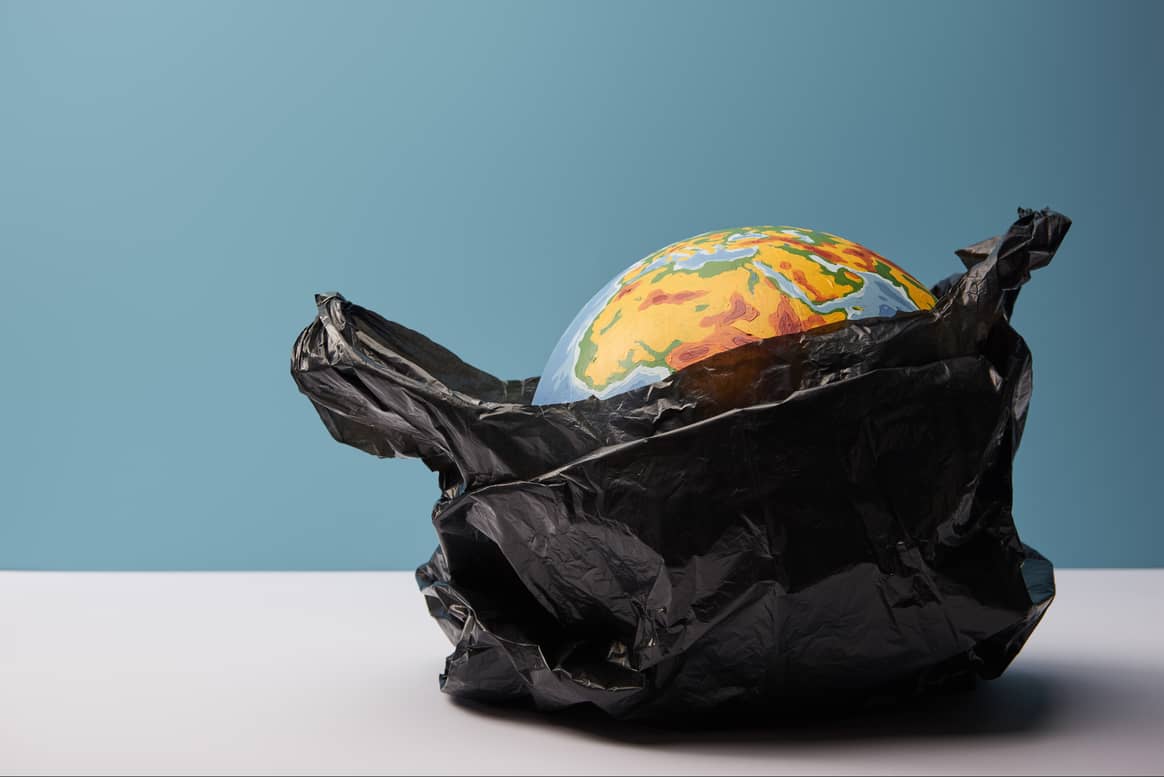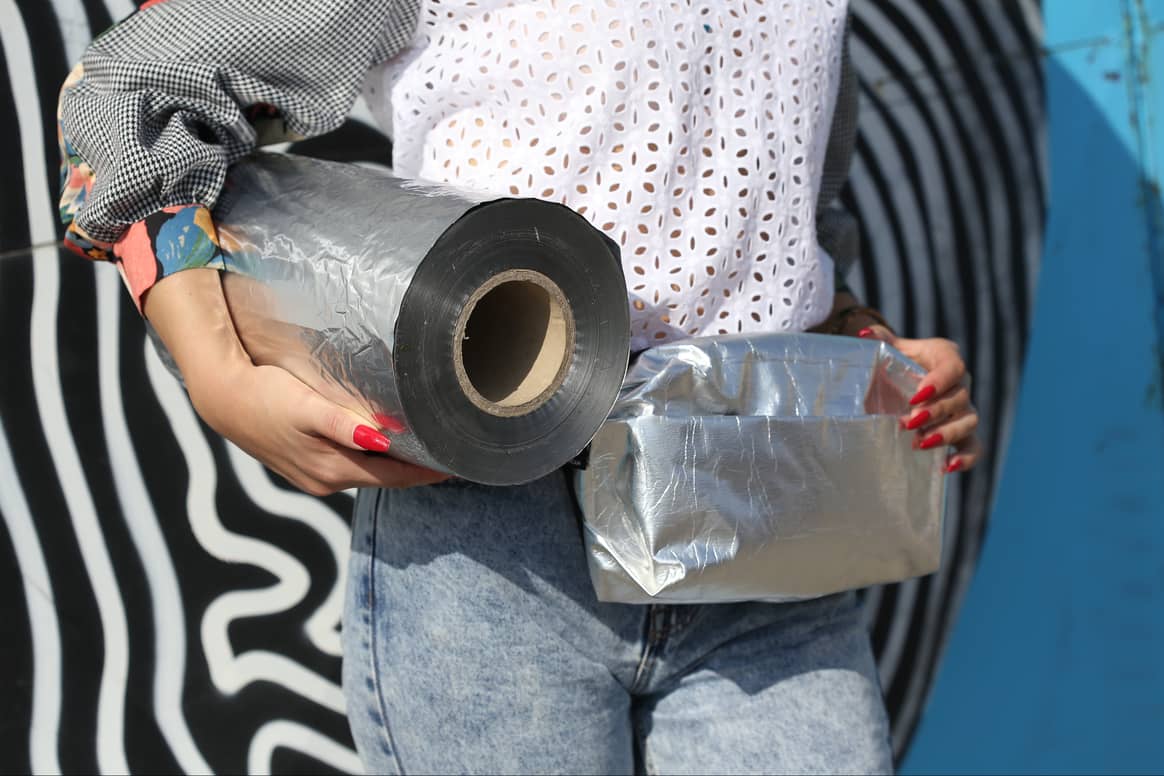Blog
From upcycled plastic to virtual clothing:
The 5 Best Technologies Leading Textile Innovation
to Fashion Industry
Article advertised by FashionUnited

The fashion industry has always been at the forefront of innovation. Textile technologies and textile innovations, as part of it, is growing at a rapid pace. When it comes to fashion innovation, the industry is future-driven and consumer-focused regarding the way our clothing and accessories are designed, manufactured, distributed, and marketed and how and from which textile technology the garment was born from.
Let’s look at the 5 Best Technologies Leading Textile Innovation to Fashion Industry:
VIRTUAL CLOTHES
Considering we’re moving towards a more online world, it’s not surprising that we’re finally able to try on clothing virtually. Feeding basic information into an app such as gender, height, and weight, we’re now able to digitally visualise the way the clothing will look, but also get the feel of the textile the cloth is made from through our screen.


RECYCLED FABRICS FIGHTING PLASTIC POLLUTION
We all know by now how detrimental plastic is to our planet. Our planet is swimming in it, quite literally, as it pollutes not only land but our waters, too. Wondering how much plastic exists today? Shockingly, there is 8.3 billion tons of plastic in the world.
That’s the scary part, but the better news is that there is new textile innovation in the fashion industry which is fighting against the pollution of plastic. For example, Remeant takes single-use packaging plastic mainly industrial waste from factories and transforms it into sustainable textiles that can be used in fashion garments and homeware. While other brands take plastic bottles and turns them into yarn which can be used in various ways.
Brands repurposing plastic help tackling an ongoing threat to our planet. The plastic already exists so repurposing it will prevent it from being buried in landfill.

USING TECHNOLOGIES THAT TURN PLANT-BASED AND PLASTIC WASTE RESOURCES INTO NEW TEXTILES
Once upon a time, leather and fur were popular materials, alongside cotton. But times have changed and due to textile technologies, it is now easier than ever to move to eco-friendly textiles. We now have textiles made from fruit, leather made from cactus, and single-use plastic is even being given a new lease on life. When it comes to plant-based leather textiles, there is a wide variety available.
Though it’s great that more brands are using plant-based materials that are thankfully biodegradable, we can’t deny that our planet is drowning in plastic. At best, the plastic will break down slowly over time, at worst some plastic never will. Thankfully nowadays, companies like Remeant have invented innovative textile technologies that transform plastic waste into a high-quality textile that can be used in all kinds of fashion, from clothing to footwear.
3D FASHION
Ever wondered if we’d live in a world where we could print our own clothing? Well, it turns out it may not be a too far away reality! 3D printing is gathering popularity, especially since it can be used to make fashion garments. This sustainable approach doesn’t have deadstock fabrics hanging around and will also have minimal waste, if any. it’s now possible to print leather and fur-like materials and to make shapes and geometries that have never been seen before.


DIGITAL TEXTILE LIBRARIES FOR DESIGNERS
Due to digitalization, today’s designers can find almost any textile on the net. There are many new material and textile libraries that come up every day. Which makes sense due to the growing investments in textile technologies currently being devolved.
The main challenge for those libraries is to find a way to keep up with the rapid changes and demonstrate how the materials look and feel in reality. Also, since the pandemic, many exhibitions have become digital and people can attend virtually and see the most updated designs directly on their screens while sitting in their living rooms.
Of course, there will always be those who will prefer to touch and see it all with their own eyes.
MOVING TOWARDS A PROMISING FUTURE
Fusing both fashion innovation and technologies of the digital world, these innovations and new textile technologies take us ahead to a new normal futuristic future, when technology creates textiles and visions become reality.
